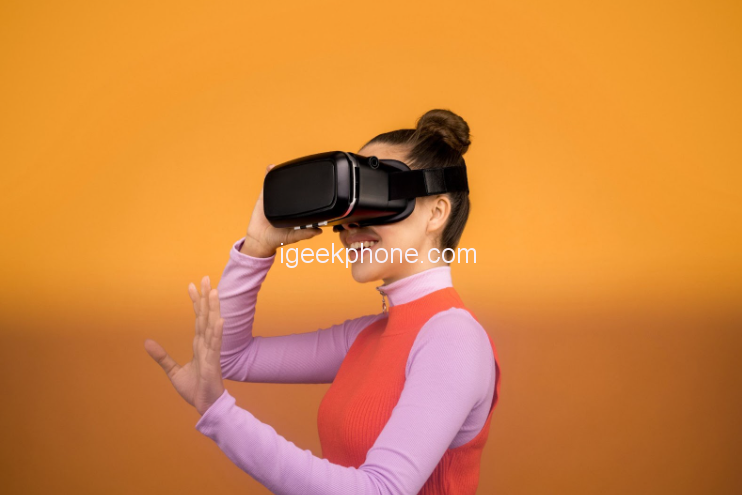Virtual reality (VR) has been steadily gaining traction in the technology sector for quite some time. Initially limited to gaming and entertainment applications, this immersive technology has rapidly broadened its reach to encompass various industries, including e-commerce and marketing. As VR hardware and software become more accessible and user-friendly, online retailers and marketers are starting to recognize the advantages of incorporating virtual reality into their operations.
In this blog post, we will delve into the influence of virtual reality on e-commerce and marketing approaches, highlighting how this cutting-edge technology is reshaping our interactions with digital platforms and creating new avenues for customer engagement.
Elevating The Shopping Experience
One of the most notable influences of virtual reality on e-commerce is its ability to elevate the shopping experience. VR enables customers to visualize and interact with beauty and fashion products within a 3D environment, providing a more accurate depiction of items they are contemplating purchasing.

This immersive experience helps to narrow the gap between physical and digital shopping experiences, empowering customers to gain a better understanding of how a product may appear or perform in real life.
For instance, home furnishings retailers can utilize VR to allow customers to virtually position items within their homes, offering a clearer idea of how the products would fit and coordinate with their existing interior design.
Similarly, apparel retailers can present virtual dressing rooms, permitting customers to “try on” clothing items and see how they would look on their bodies. These features can lead to increased customer satisfaction and lower return rates, as shoppers can make more informed choices regarding their purchases.
Data-Driven Customization
The immersive nature of virtual reality generates an abundance of data about user behavior and preferences. By evaluating this data, e-commerce businesses and marketers can gain a deeper understanding of their target audience and adapt their offerings to cater to their customers’ specific needs and desires.
For example, if a user spends a significant amount of time examining a certain product in a virtual store, this information can be used to develop personalized product suggestions or promotions for that individual.
This level of customization can result in increased customer loyalty and higher conversion rates, as shoppers are more likely to complete a purchase if they feel that their preferences have been acknowledged.
Captivating Marketing Initiatives
Virtual reality also presents unique opportunities for marketers to devise captivating, interactive initiatives that can leave a lasting impact on potential customers. By immersing users in a brand narrative or enabling them to engage with products in innovative ways, VR marketing initiatives can foster a deeper emotional connection with consumers and enhance brand recall.
For example, an electronics company could develop a VR experience that allows users to explore the intricate components of their newest device, granting them a more comprehensive understanding of the product’s features and capabilities.
Alternatively, a travel company could create a virtual tour of a popular vacation spot, allowing potential customers to “visit” the area and experience its attractions before committing to a trip.
Cooperation And Social Interaction
Virtual reality holds the potential to make online shopping a more social and cooperative experience. By integrating social features into VR shopping platforms, retailers can enable users to shop with friends or family members, even if they are geographically distant.
This can cultivate a sense of community and motivate users to exchange their opinions and recommendations, ultimately driving more sales and building brand loyalty.
In Summary
As the landscape of virtual reality technology progresses and becomes increasingly available, its effect on e-commerce and marketing tactics is anticipated to become even more significant. By providing immersive shopping experiences, attention-grabbing marketing endeavors, tailored customization based on data, and possibilities for social engagement, VR possesses the potential to transform the way we interact with online platforms and make buying decisions.











